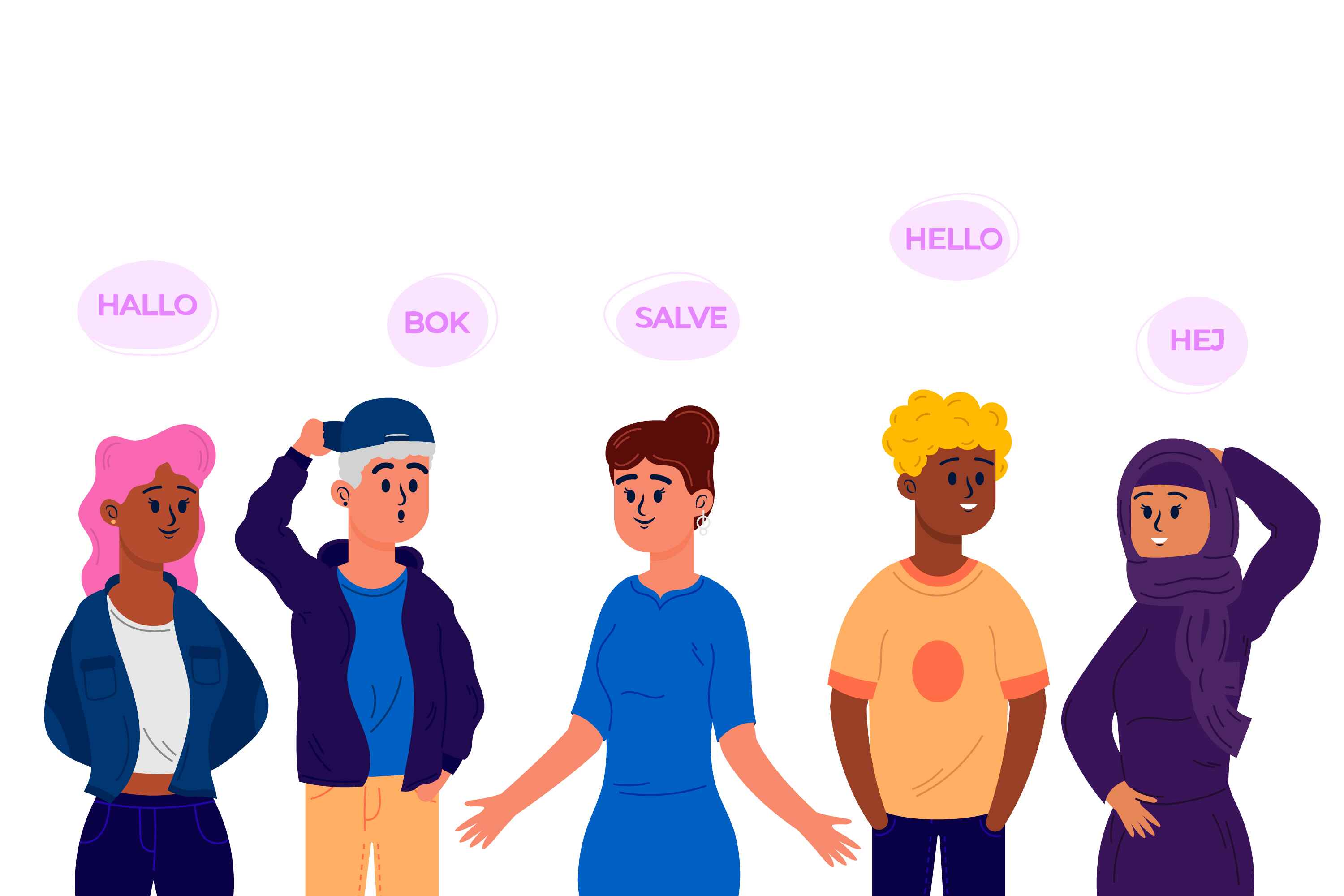Cross-Cultural Issues at Aero

Imagine that you have recently been hired as a human resources consultant by a Canadian multinational enterprise (MNE) called Aero. Aero designs, manufactures and sells commercial airplane engines and fuselages worldwide. It currently has over 1,000 employees in its three locations, including 500 at its global headquarters in Canada, 300 at a manufacturing plant in the U.S., and now over 200 at its newest manufacturing plant in Mexico.
The firm is having problems communicating and sharing its corporate values and policies with its newest employees in Mexico. The only experience Aero has had in opening a new subsidiary prior to Mexico was in the U.S., where corporate values and policies were taken up by American employees with little difficulty. The problems in the Mexican plant seem to centre around poor communications between the managers, who are mostly Canadian, and its new employees, who are mostly from Mexico.
“We want our corporate culture to be the same everywhere,” explains Aero’s CEO, Ms. Mary Avery, to you over lunch. “We want everything we do in Canada to be the accepted, standard practice across all of our locations, but that just doesn’t seem to be getting across to our employees in Mexico.” Avery continues by telling you that all new employees are trained in Aero’s corporate culture via discussions with their managers and corporate brochures/reading materials. She says that her Canadian managers in Mexico are frustrated with the Mexican workers’ abilities to learn Aero’s culture and that, as a result, productivity at the plant has been negatively impacted.
You investigate the issue by speaking with managers and employees at the new subsidiary in Mexico. The managers complain that employees at the new plant do not speak their mind very often, and often seem to stress harmony with each other over learning Aero’s culture. Managers are also frustrated that staff meetings frequently start late due to the lateness of employees. The employees, who are younger than their managers on average, are frustrated that they are not told exactly how to do their tasks; instead, they are told to read their employee manuals for guidance. They are concerned that Aero managers are too impatient with them about learning the policies. They feel they have been left to their own devices to figure out how things work, which often causes them to stay late at work. What is more, staying late on their shifts often causes them to be late for staff meetings, where they are often berated by managers for not acting like “good Canadian employees”.
After your examination, you become convinced that the problem Aero is experiencing relates to culture, and you prepare your report accordingly.
Learning Objectives
What is the definition of culture? How is it typically measured in the context of international human resource management?
In your opinion, with its expansion into Mexico, at which stage of internationalization is Aero? Do you think Aero’s management is taking a more standardized or a more localized approach to their human resources management? Why do you think this?
Select one of Hofstede’s five cultural dimensions to explain to Avery the main differences between Aero’s Canadian HQ and its Mexican subsidiary in terms of culture. Explain why you selected this dimension as the primary source of the problem between the Aero HQ and its Mexican plant.
In your opinion, what are three ways that Canadian managers could demonstrate higher intercultural competence at Aero’s Mexican subsidiary?
Leave a Reply
Your email address will not be published. Required fields are marked *


0 Replies to "Cross-Cultural Issues at Aero"